Blog

Unlocking Efficiency: Exploring the Advantages and Applications of Rotary Tube Furnaces
1 year agoDiscover the benefits of rotary tube furnaces for advanced materials processing and industrial applications. Learn about their unique features, working principles, and diverse uses in various industries, from metallurgy to catalyst synthesis.
Learn More

Exploring the Advantages of Rotary Tube Furnaces in Industrial and Laboratory Applications
1 year agoDiscover the benefits of rotary tube furnaces in various industrial and laboratory settings. Learn about the different types, customization options, and advantages such as precise temperature control and efficient heating.
Learn More

Exploring the Functions and Advantages of Rotary Tube Furnaces
1 year agoDiscover how rotary tube furnaces work and why they are used in advanced materials processing. Learn about the basic technique of rotary furnaces and their customizable features. Explore the advantages of rotary tube furnaces over other furnace types.
Learn More
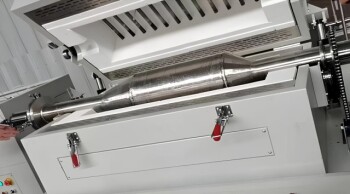
Unlocking Efficiency: The Ultimate Guide to Rotary Tube Furnaces
1 year agoDiscover the transformative power of rotary tube furnaces for your heat treatment processes. Learn about the advantages, considerations, and key elements for selecting the perfect furnace for your needs. Whether it's maximizing temperature control or optimizing material handling, find out why rotary tube furnaces are the go-to solution for diverse applications.
Learn More
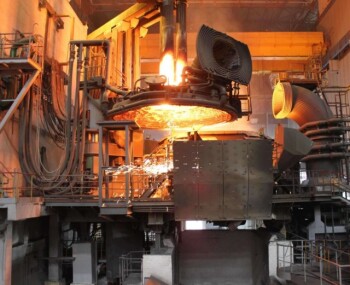
Understanding Electric Heating Systems(1): How Electric Furnaces Work and Their Advantages
1 year agoDiscover how electric heating systems, particularly electric furnaces, work efficiently without the need for flues or chimneys. Explore the benefits and components of electric furnaces, including heating elements, contactors, sequencers, and transformers.
Learn More
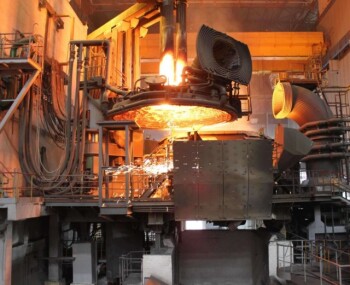
Understanding Electric Heating Systems(2): From Furnaces to Heating Elements
1 year agoDiscover how electric heating systems work, from electric furnaces to heating element basics. Learn about the benefits of electric heating and why it's a viable option for various applications. Find insights on heat treating furnaces and their subassemblies.
Learn More
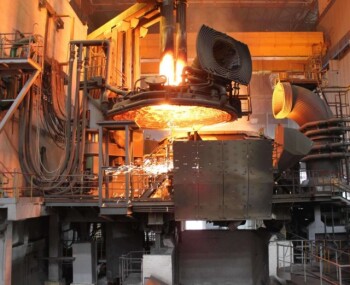
Electric Heating Systems(3): Understanding, Benefits, and Applications
1 year agoExplore the world of electric heating systems, including electric furnaces, heating elements, and their benefits. Learn about the advantages, disadvantages, and applications of electric heating technology. Discover how electric heating systems work and their role in modern heating solutions.
Learn More
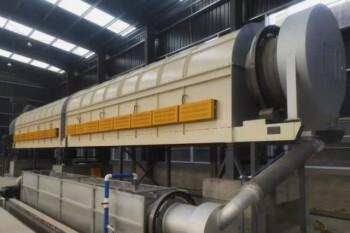
Mastering Rotary Kilns: A Comprehensive Guide to Operation, Applications, and Maintenance
1 year agoUnlock the potential of rotary kilns with our comprehensive guide. Learn about their versatile applications, from industrial sintering to organic combustion. Discover how they work, the difference between direct and indirect kilns, and the wide range of fuels they can utilize. Whether you're in cement production or specialized thermal processing, this guide will equip you with the knowledge to optimize your rotary kiln operations.
Learn More

A Comprehensive Guide to Rotary Kilns: Applications, Types, and Working Principles
1 year agoDiscover the diverse applications of rotary kilns across industries such as carbon products manufacturing and industrial sintering. Learn about different types of rotary kilns and their working principles, along with insights into laboratory furnaces and pyrolysis furnaces.
Learn More
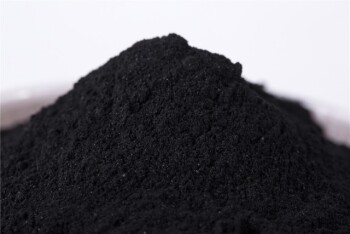
Optimizing Industrial Processes: Rotary Kiln and Laboratory Furnace Solutions
1 year agoDiscover how rotary kilns and laboratory furnaces revolutionize industrial processes. Learn about rotary kiln sizing and design, laboratory furnace features, and industries served. Explore the production of carbon products like biochar and activated carbon.
Learn More
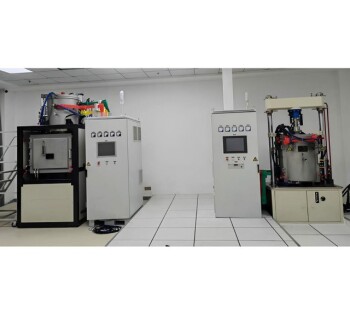
Vacuum Hot Press Furnace: A Comprehensive Guide
1 year agoGain in-depth knowledge of Vacuum Hot Press Furnaces, their components, benefits, and applications in various industries. Explore how these furnaces revolutionize material processing and achieve exceptional results.
Learn More
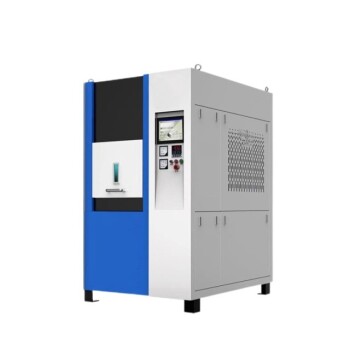
Spark Plasma Sintering Furnace: The Ultimate Guide to SPS Furnaces
1 year agoDiscover the world of Spark Plasma Sintering Furnaces (SPS). This comprehensive guide covers everything from its advantages and applications to its process and equipment. Learn how SPS furnaces can revolutionize your sintering operations.
Learn More
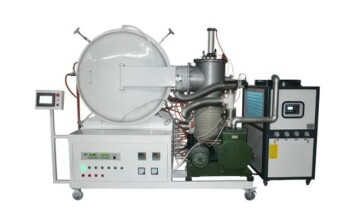
Unveiling Vacuum Graphite Furnaces: Performance, Applications, and Expert Insights
1 year agoDelve into the world of vacuum graphite furnaces, exploring their exceptional performance, diverse applications, and crucial considerations. Our expert insights empower you to make informed decisions for your laboratory's high-temperature material treatment needs.
Learn More
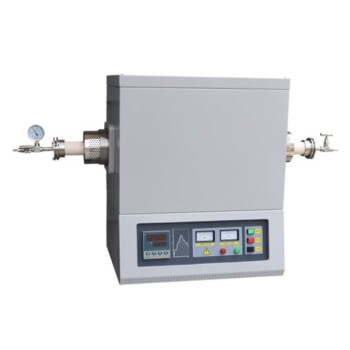
Comprehensive Guide to Tube Furnaces: Types, Applications, and Considerations
1 year agoDelve into the realm of tube furnaces, exploring their types, diverse applications in industries and laboratories, and crucial factors to consider for optimal usage.
Learn More
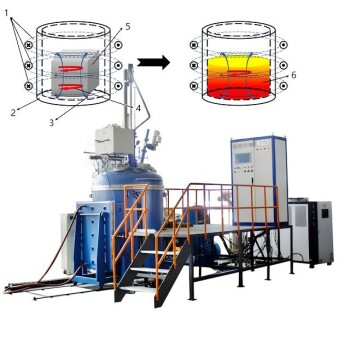
Vacuum Melting Furnace: A Comprehensive Guide to Vacuum Induction Melting
1 year agoDiscover the intricacies of vacuum induction melting furnaces, their components, operation, advantages, and applications. Explore how these furnaces revolutionize metal processing and achieve exceptional material properties.
Learn More
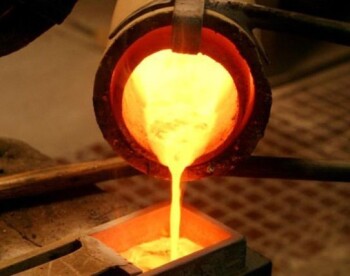
Vacuum Induction Melting Furnace: Principle, Advantages, and Applications
1 year agoDiscover the Vacuum Induction Melting Furnace, a specialized equipment that employs vacuum and induction heating to refine metals and alloys, ensuring high purity and precise composition control. Explore its principle, advantages, applications, and components in this comprehensive guide.
Learn More

Advantages and Disadvantages of Chemical Vapor Deposition (CVD)
1 year agoChemical vapor deposition (CVD) is a versatile thin-film deposition technique widely used in various industries. Explore its advantages, disadvantages, and potential new applications.
Learn More

A Comprehensive Guide to Vacuum Coating: Enhancing Performance and Aesthetics
1 year agoDiscover the world of vacuum coating, a process that creates protective and aesthetic layers on metal and plastic surfaces. Explore its types, uses, and benefits, including enhanced performance, extended lifespan, and improved aesthetics.
Learn More

Plasma Enhanced Chemical Vapor Deposition (PECVD): A Comprehensive Guide
1 year agoLearn everything you need to know about Plasma Enhanced Chemical Vapor Deposition (PECVD), a thin film deposition technique used in the semiconductor industry. Explore its principles, applications, and benefits.
Learn More

Disc / Cup Vibratory Mill: A Comprehensive Guide to Its Functions and Applications
1 year agoDiscover the world of Disc / Cup Vibratory Mills with our in-depth guide. Learn about their working principles, applications, advantages, and key features. Explore the various types of vibratory mills and their suitability for different industries.
Learn More

Electrochemical Cells: Generating Electricity and Driving Reactions
1 year agoElectrochemical cells, like batteries, play a vital role in energy storage by converting chemical energy to electrical energy and vice versa. Explore the workings, types, and significance of these cells.
Learn More

Disc / Cup Vibratory Mill: A Comprehensive Guide for Laboratory Experts
1 year agoDiscover the world of Disc / Cup Vibratory Mills! This comprehensive guide provides an in-depth understanding of their types, working principles, advantages, and applications in various industries, including pharmaceuticals, chemicals, and food processing.
Learn More

PTFE Cleaning Racks: The Ultimate Guide to Cleaning and Drying Labware
1 year agoIn this comprehensive guide, we'll delve into the world of PTFE cleaning racks, exploring their benefits, applications, and the best practices for cleaning and drying labware to ensure optimal performance and longevity.
Learn More

Disc / Cup Vibratory Mill: A Comprehensive Guide to Grinding Equipment
1 year agoDiscover the world of Disc / Cup Vibratory Mills! This guide covers everything from types and features to applications and benefits. Explore the versatility of these mills for grinding various materials in industries like pharmaceuticals, food, and chemicals.
Learn More

PTFE Shovel: A Comprehensive Guide to Its Uses, Advantages, and Applications
1 year agoDiscover the versatile applications of PTFE shovels in various industries, including their unique properties, benefits, and real-world examples. Explore the advantages of PTFE shovels over traditional materials and delve into the specific uses in laboratory settings.
Learn More

Maximize Rotary Furnace Performance: Design Advancements for Efficient Material Processing
1 year agoDiscover the intricacies of rotary furnaces, exploring their design improvements and applications in advanced materials processing. Learn how these furnaces optimize throughput, energy efficiency, and product quality.
Learn More

Electrode Fixture Guide: Types, Design, and Applications
1 year agoDiscover the comprehensive guide to electrode fixtures, covering various types, design considerations, and their indispensable role in industries like electroplating, welding, and electrochemical cells.
Learn More

Rotary Furnaces: Advanced Materials Processing and Applications
1 year agoRotary furnaces are versatile and efficient thermal processing systems used in various industries. This comprehensive guide explores the basics of rotary furnaces, their applications, advantages, and key components. Discover how rotary furnaces contribute to advanced materials processing and enhance productivity.
Learn More

Reference Electrodes: Calomel, Silver Chloride, and Mercury Sulfate - A Comprehensive Guide
1 year agoExplore the world of reference electrodes, including calomel, silver chloride, and mercury sulfate. Understand their construction, principles, and applications in electrochemical measurements.
Learn More

Rotary Furnaces: A Comprehensive Guide to Advanced Materials Processing
1 year agoRotary furnaces are widely used for advanced materials processing due to their versatility, temperature uniformity, and energy efficiency. This guide provides an overview of rotary furnace technology, including its working principle, applications, design improvements, and control systems.
Learn More